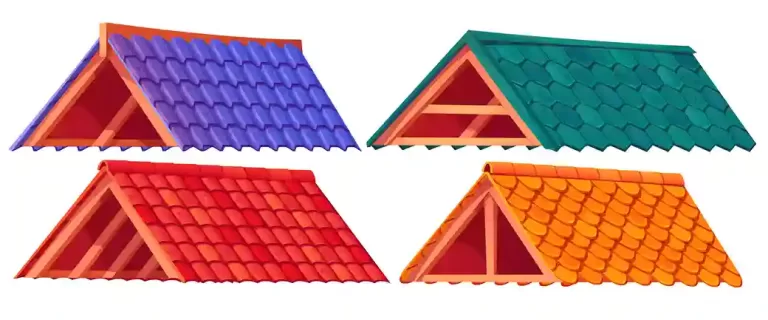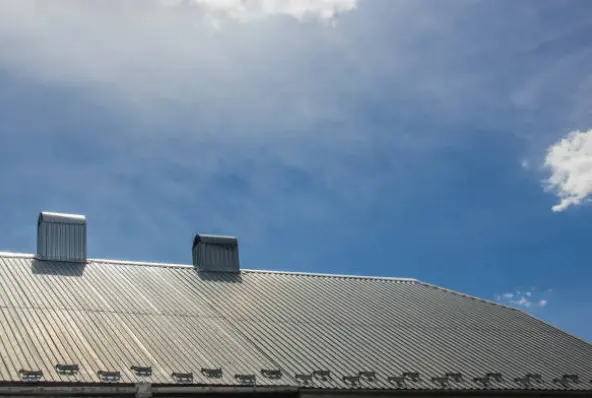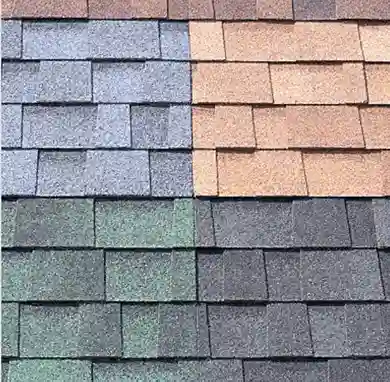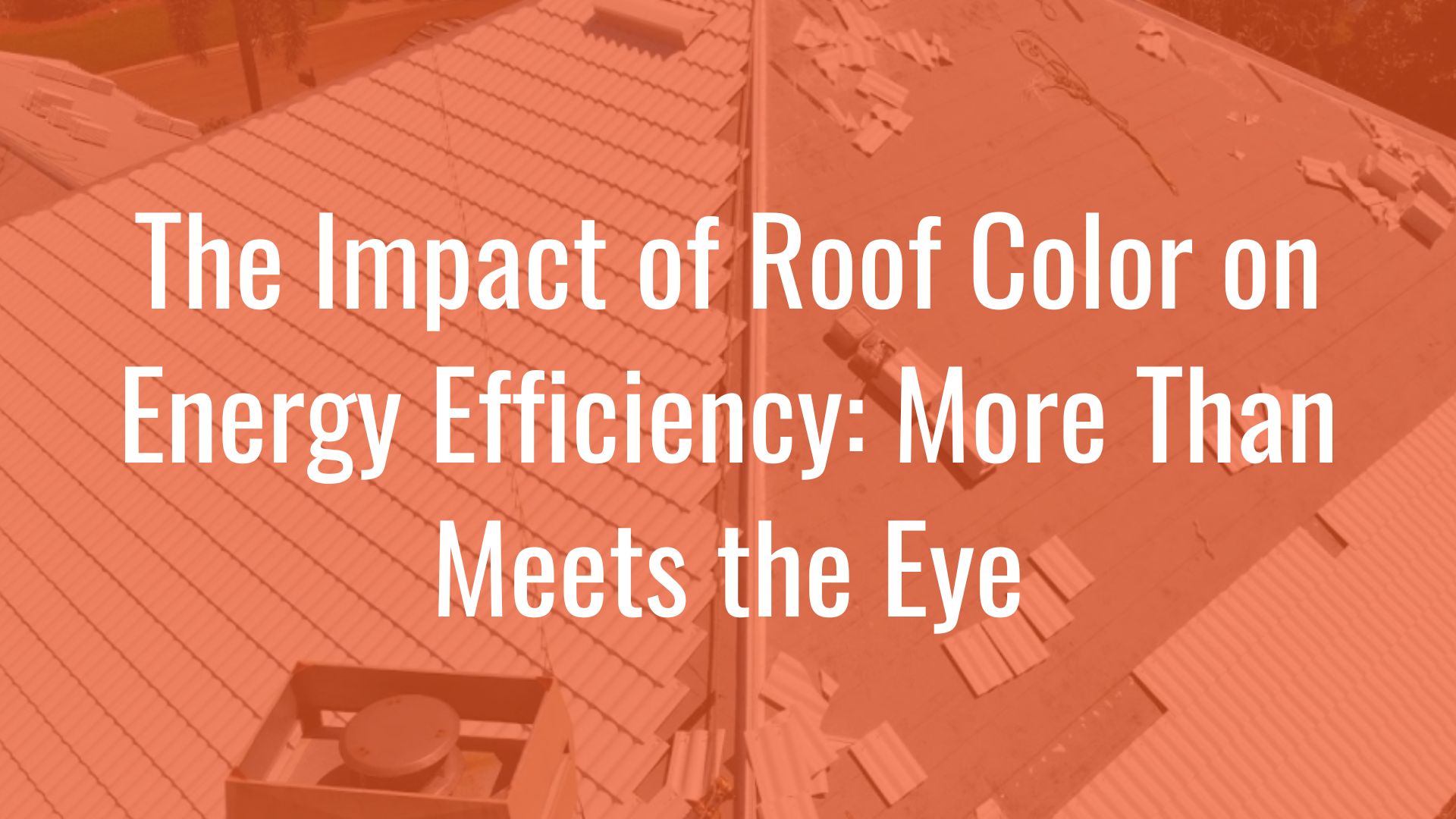The Impact of Roof Color on Energy Efficiency: More Than Meets the Eye
When you think about energy-efficient home improvements, you might picture solar panels, insulation, or smart thermostats. But have you ever considered the color of your roof? Believe it or not, the color of your roof can significantly affect your home’s energy efficiency. In this blog post, we’ll explore the fascinating world of roof colors and their impact on your energy bills.
Understanding the basics
To understand how roof color affects energy efficiency, let’s start with a basic principle: the solar reflectance and thermal emittance of roofing materials. These two factors play a crucial role in how your roof interacts with the sun’s energy.
Solar Reflectance (Albedo): This measures how well a surface reflects sunlight. It’s expressed as a value between 0 and 1, with higher values indicating better reflectivity.
Thermal Emittance: This measures how efficiently a surface emits absorbed heat. It’s also expressed as a value between 0 and 1, with higher values indicating better emissivity.

Now, let’s introduce the concept of “cool roofs.” Cool roofs are designed to reflect more sunlight and absorb less heat compared to standard roofs. They have high solar reflectance and thermal emittance values. The primary goal of cool roofs is to keep your home cooler, especially during hot summer months.

Light vs. dark roofs
The color of your roof plays a significant role in determining its “coolness.” Here’s how light and dark roofs compare:
Light roofs: Light-colored roofs, typically in shades of white, light gray, or beige, have high solar reflectance values. They reflect a significant portion of the sun’s energy, keeping the roof and your home cooler. This can lead to reduced indoor temperatures and lower cooling costs.
Dark roofs: Dark-colored roofs, such as black, dark gray, or deep brown, have lower solar reflectance values. They absorb more heat from the sun, which can lead to higher attic temperatures and increased cooling costs during hot weather.
Climate considerations
The impact of roof color on energy efficiency isn’t a one-size-fits-all scenario. It’s important to consider your climate when choosing a roof color:
Hot climates: In areas with hot, sunny climates, light-colored roofs are often recommended to reflect the intense sunlight and reduce cooling costs.
Cold climates: In colder regions, dark roofs may be more suitable as they can absorb heat from the sun and help with winter heating.

Roof color and environmental impact
The choice of a cool roof can extend beyond your utility bill. It can also have environmental benefits by reducing your carbon footprint. A cooler home means less energy is needed for air conditioning, which, in turn, reduces greenhouse gas emissions associated with electricity generation.
Conclusion
The color of your roof isn’t just a matter of aesthetics; it’s a decision that can impact your energy bills, comfort, and the environment. When considering a new roof or a roof replacement, think about your local climate and the benefits of a cool roof. By choosing the right color, you can contribute to a more energy-efficient and sustainable home, all while enjoying the added benefits of lower cooling costs and increased comfort.




















